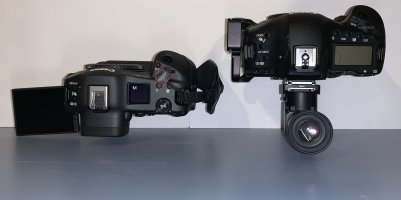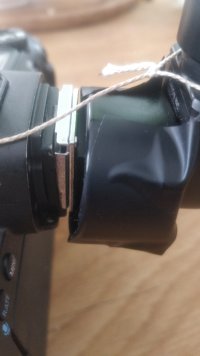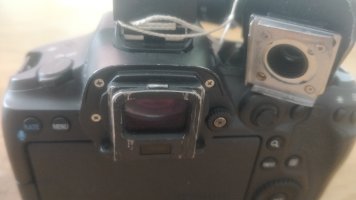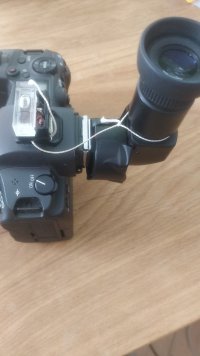Well, to each their own. I wonder how much experience you have using an articulating LCD. As I said, I've used both extensively. I suspect you believe an articulated screen is 'pretty useless' because you lack experience actually using one.
You're correct that the angle finder is the viewfinder and the LCD is not, at least on a DLSR. On an MILC, the viewfinder is just a small LCD with an eyecup. There are situations where an EVF/LCD is far better because the exposure and focus are performed using the image sensor, and the utility extends well beyond just low light. For example, I frequently use tilt-shift lenses for architectural photography. If you've used one with a DSLR viewfinder, you will know that lens movements affect exposure metering, meaning time and effort expended to manually compensate for the effect (i.e. you have to meter before applying tilt/shift, knowing that doing so will change the framing and thus might also change the scene luminance). However, on a MILC or with Live View on a DSLR, there is no need to compensate, because the metered exposure is correct with movements applied.
Incidentally, if you need to stand to the right of the camera using the articulating screen, you just open it 90° from the camera and rotate it so the screen faces to the right. If you're above the camera, face the screen up. If you're below the camera, face it down. If you're in front of the camera, face it forward. That's what fully articulating means. As for seeing details, the angle finder is limited to 2.5x magnification fixed on the center of the field. The LCD can be magnified far more to check details or critical focus anywhere in the frame.
Just to recap, you started this thread stating that you need an angle finder because an articulating screen can't be used with the camera against a wall and is impossible to use in sunlight. Neither are correct.
In any case, the point is moot. It's extremely unlikely that Canon will release an angle finder for the MILCs (some of them don't even have a removable eyecup, meaning an angle finder would be incompatible). If you want the Hasselblad way, switch to Hasselblad. Or stick with your DSLR. If you want a Canon MILC, you'll have to get used to using the LCD instead.




